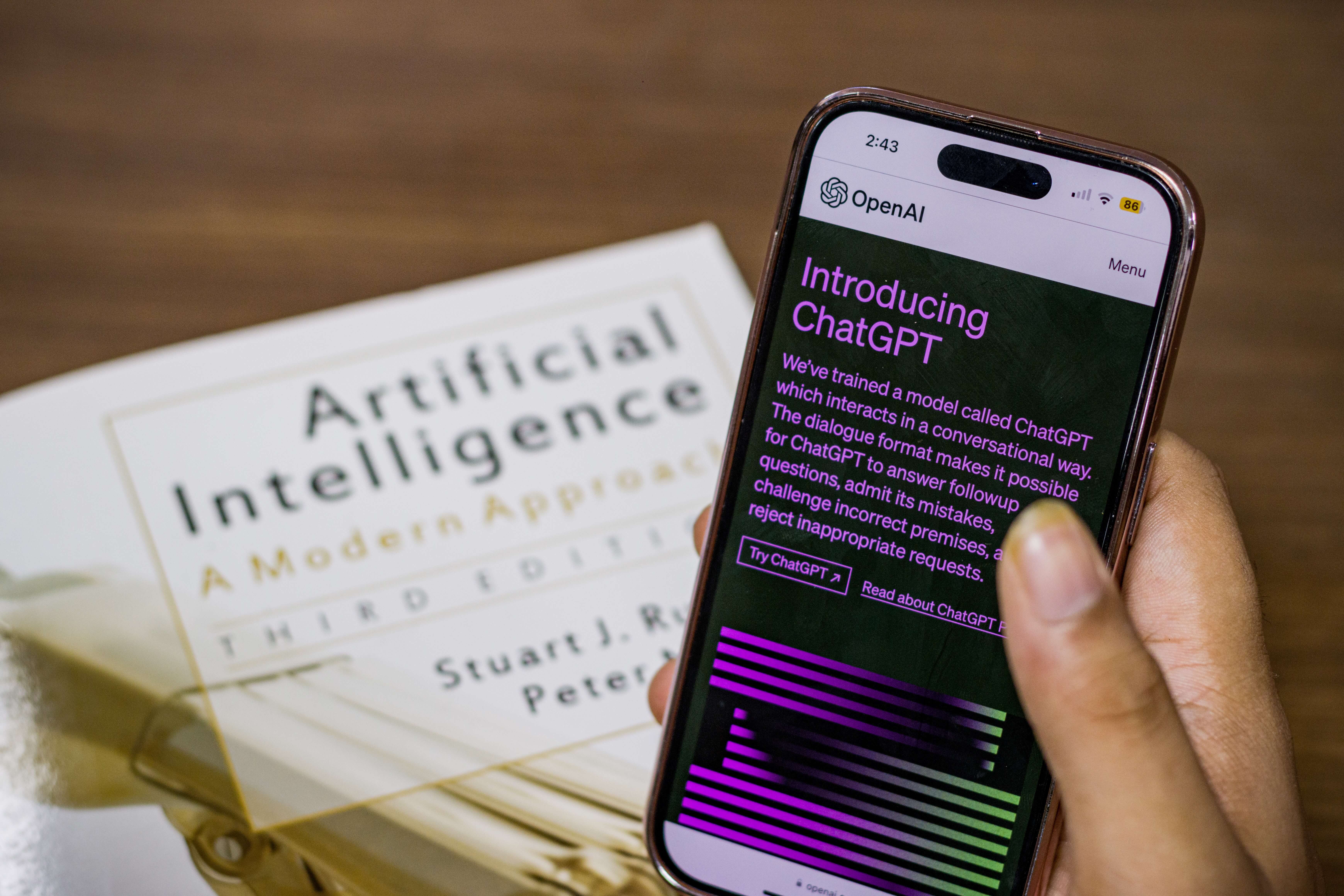|
| For a Better Tunghai |

by Charles Cheng, CFA
Amid a time of political crises, global conflict, and rising commodity prices, it’s easy to forget that now is still a time of incredible innovation and potentially transformative technologies. The Web 1.0 and Web 2.0 eras from the 1990s to the 2010s brought significant increases in productivity and changed the landscape of the dominant industries and companies around the world. Now technologies like generative A.I. may do the same, largely overshadowing what had been popularly termed Web 3.0 (decentralized internet), due to their immediate productivity benefits versus the latter. From a financial markets’ perspective, we look at the experience of the near past to get some hints about how much things may change in the coming decade.
在政治危機、全球衝突和大宗商品價格上漲的時代,人們很容易忘記目前仍然是一個令人難以置信的創新和潛在變革技術的時代。 從90年代到2010年代的Web 1.0和Web 2.0時代帶來了生產力的顯著提高,並改變了全球主導產業和公司的格局。 現在,像生成式人工智慧(A.I.)這樣的技術可能會產生類似的效果,在很大程度上蓋過Web 3.0的風頭。 因為與後者相比,A.I.具有更直接的生產力優勢。 從金融市場的角度來看,我們透過回顧近期的經驗來了解未來十年世界可能會發生多大變化。
Web 1.0 refers the early stages of internet adoption, roughly from 1989 to 2004, when it was mainly used with static webpages, and content was primarily provided by the site owners rather than users. Nevertheless, it brought about a revolutionary change for commerce, communication, and knowledge sharing. The revolution in communication was also enabled by the buildout of network infrastructure. At the start of 1994, the largest companies in the World by market capitalization were telecommunications companies like NTT and AT&T, energy companies like Exxon, industrial conglomerates like GE, and consumer companies like Coca Cola and Walmart. The Technology sector was less than 6% of the S&P 500 Index. The launch of the web browser in 2003 enabled the rise of e-commerce companies and new types of media providers. By 2004, two technology companies, Microsoft and Intel were among the top ten largest companies, and information technology reached over 17% of the S&P 500 index and future giants like Amazon on Google were on the rise.
Web 1.0 指的是採用網路的早期階段,大約從 1989 年到 2004 年,當時主要使用靜態網頁,內容主要由網站所有者而不是使用者提供。 儘管如此,它還是為商業、通訊和知識共享帶來了革命性的改變。 網路基礎設施的建設也促成了通訊革命。 1994 年初,全球市值最大的公司是 NTT 和 AT&T 等電信公司、埃克森美孚等能源公司、GE 等工業集團以及可口可樂和沃爾瑪等消費品公司。 科技股在標準普爾 500 指數中的佔比不到 6%。 2003 年網頁瀏覽器的推出促進了電子商務公司和新型媒體供應商的崛起。 到2004年,微軟和英特爾兩家科技公司躋身十大公司之列,資訊科技在標準普爾500指數中的佔比達到17%以上,亞馬遜、谷歌等未來巨頭不斷崛起。
Web 2.0 refers to the evolution of the internet starting from 2004 as a platform centered around user created content (including social networks) and rich user experiences. Increasingly fast internet connections enabled higher quality media and easy user sharing. Traditional business models like broadcast television and news media were disrupted by companies such as Youtube and Facebook. In 2007, the iPhone was launched by Apple, heralding the start of the shift of the internet from desktop to mobile. Computing power moved from end devices towards the cloud. By 2014, technology and internet companies were three out of the top five companies by market capitalization, including Apple, Google, and Microsoft, and information technology rose to almost 20% of the index.
Web 2.0 是指自 2004 年以來互聯網作為一個以用戶創建的內容(包括社交網絡)和豐富的用戶體驗為中心的平台的演變。 越來越快的網路連線實現了更高品質的媒體和輕鬆的用戶分享。 廣播電視和新聞媒體等傳統商業模式被 Youtube 和 Facebook 等公司顛覆。 2007年,蘋果公司推出iPhone,預示著網路從桌面轉向行動的轉變之開始。 而運算能力也從終端設備轉移到了雲端。 到了2014年,科技和網路公司佔據市值前五名公司中的三席,其中包括蘋果、谷歌和微軟,而資訊科技公司則上升到該指數的近20%。
Generative AI is artificial intelligence that can generate text, image, video, and other media content based on patterns learned from their input training data. It can be viewed as the continued evolution of the internet where content is not generated directly by the end users anymore but by the device or on the cloud. The hardware requirements can be largely met by the existing telecom infrastructure, but some applications require specialized GPU and AI accelerator chips. If it indeed changes the landscape of industries around the world, here are some of the things to keep in mind from an investment perspective:
生成式人工智慧是一種人工智慧,可以根據從輸入的資料中學習到的模式生成文字、圖像、影片和其他媒介內容。 它可以被視為互聯網的持續性革新,此時內容已不再由終端用戶直接生成,而是由設備或雲端生成。 現有的電信基礎設施很大程度上可以滿足硬體要求,但某些應用需要專門的GPU和AI加速器晶片。 如果它確實能夠改變世界各地的產業格局,那麼從投資角度來看,需要牢記以下幾點:
This article reflects the personal views of the author and not any firm’s and should not be viewed as an investment recommendation.
● 讀後留言使用指南
近期迴響